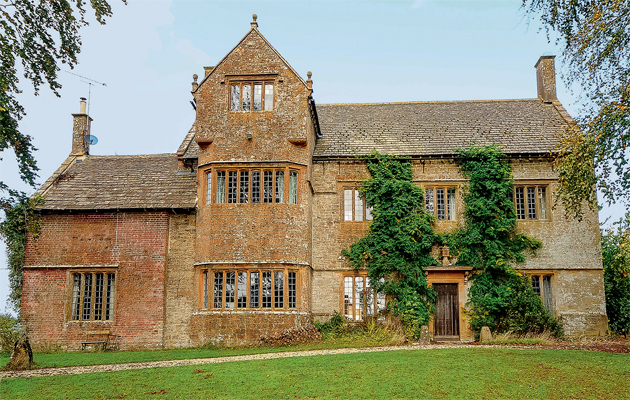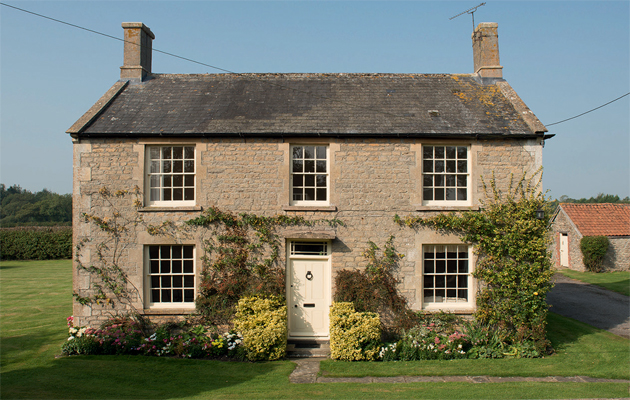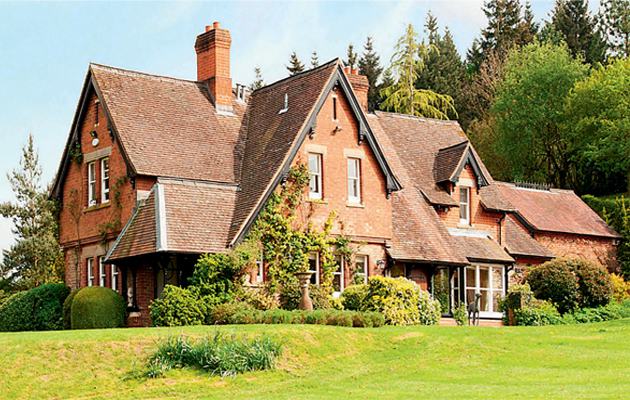Magical country homes for sale
Penny Churchill takes a look at 3 beautiful properties that will allow you to make the most of the loophole in new stamp duty tax.


One of the anomalies of the new Stamp Duty (SDLT) regime that generally favour buyers at the lower end of the market at the expense of those at the top is the so-called ‘sweet spot’ in the scale of charges whereby the SDLT payable on houses sold for between £1 million and £1.2 million is now less than before. Yet, somewhat illogically, buyers of houses purchased for between £937‘,500 and £1m will now pay more than previously.
For example, a house sold today for £975,000 carries an SDLT liability of £41,250, compared with the old rate of £39,000—an increase of £2,250. However, a house sold for £1.01m attracts £44,750 in SDLT now, compared with £50,500 under the old system—a saving of £5,750. Thereafter, the advantage is progressively eroded, with the SDLT on a house sold for £1.12m coming out at £55,750, compared with the old rate of £56,000 —a saving of only £250. And for transactions above that level, for buyers, it’s a ‘no-win’ situation all the way.
Given the speed at which the Scottish government has moved to eliminate perceived anomalies in its new Land and Buildings Transaction Tax system even before it comes into force, it’s probably naïve to imagine that the money men at HMRC won’t find a way of closing what appears to be a loophole in their smart new property-tax regime. Consequently, prospective purchasers of houses within the price bracket covered by the ‘sweet spot’ might be wise to act sooner rather than later to be sure of making the most of any available savings.
In what increasingly looks like a buyer’s market, country houses in areas beyond London’s commuter heartland appear to offer the best value for money, both in terms of space and lifestyle. One that catches the eye is spick-and-span Startley House (Fig 2) in the rural village of Startley, near Chippenham, north Wiltshire, for which Knight Frank (01285 659771) quote a guide price of £1.1m.

Built of Cotswold stone under a slate roof, the handsome, Grade II-listed farmhouse dates from 1847 and has been in the hands of the same family for 67 years. The house stands in some 12 acres of easily managed gardens and well-kept post-and-railed paddocks and comes with a range of neat traditional outbuildings and stables that blend seamlessly with the landscape of this famously sporting area on the edge of the Cotswolds.
In its present configuration, Startley House has 1,873sq ft of accommodation, including three reception rooms, a fitted kitchen, four double bedrooms and a family bathroom, which could conceivably be extended by incorporating some of the outbuildings, subject to the usual planning consents. For families relocating from London or overseas, there is also a splendid choice of schools, among them St Mary’s and St Margaret’s at Calne, Beaudesert Park prep school, Marlborough College, Westonbirt and Stonar. Across the county border in Somerset, historic Mudford Manor (Fig 1) is a striking, Grade II listed Jacobean manor house set in more than five acres of gardens and grounds, 2.5 miles from Yeovil, with far-reaching views over the river Yeo towards the village of Trent in Dorset.
Launched on the market in December, also at a guide price of £1.1m through Knight Frank’s Sherborne office (01935 812236), its listing dates the house, built mainly of the local ham stone with stone-mullion windows, flagstone floors and impressive fireplaces, at ‘1630 with earlier and later parts’. It stands on the site of a cell used by the monks of Montacute and was developed into a house by John Harbin in 1630; at one time, the courthouse was housed in its grounds.
Sign up for the Country Life Newsletter
Exquisite houses, the beauty of Nature, and how to get the most from your life, straight to your inbox.
The manor has been the much loved family home of the vendor, who also owns the adjacent Mudford Manor Barn and a further eight acres of land, both of which could be purchased by separate negotiation. The main house has four reception rooms, a snug, a kitchen/dining room, six bedrooms and two bathrooms, as well as a massive roof-attic area that could easily be converted to extra living space, says selling agent Luke Pender-Cudlip.

In the early Middle Ages, Herefordshire boasted more castles than any other county in england, most of them held by knights rather than monastic institutions. By the late Middle Ages, these knightly holdings had evolved into gentry estates of which the deer park was a defining element. By the 17th century, many of these evolved in turn into formal ornamental landscapes created around grand country houses such as the victorian Wessington Court, which was built on the site of a 17th-century house with earlier origins.
Knight Frank’s Hereford office (01432 273087) quotes a guide price of £1.15m for idyllic Woodland Manor (Fig 3) near Woolhope, one of Herefordshire’s loveliest villages at the heart of the scenic Woolhope Dome, a rim of limestone hills and folds, much sought-after for its glorious countryside and easy motorway access to Birmingham and Bristol.
Originally the gamekeeper’s cottage and shooting lodge to the neighbouring Wessington estate, the manor is originally victorian, extended some 30 years ago to create a charming family home. It stands at the end of a cherry-lined drive, surrounded by 5.4 acres of beautifully landscaped gardens, with a hard tennis court, a wildlife pond, a thatched summer house and a paddock—the latter currently used as extra gardening space by its enthusiastic owners. The house offers 2,680sq ft of elegant accommodation, including two reception rooms, a new kitchen, four bedrooms and three bath/shower rooms.
-
 Burberry, Jess Wheeler and The Courtauld: London Craft Week 2025 explained
Burberry, Jess Wheeler and The Courtauld: London Craft Week 2025 explainedWith more than 400 exhibits and events dotted around the capital, and everything from dollshouse's to tutu making, there is something for everyone at the festival, which runs from May 12-18.
By Lotte Brundle Published
-
 Everything you need to know about private jet travel and 10 rules to fly by
Everything you need to know about private jet travel and 10 rules to fly byDespite the monetary and environmental cost, the UK can now claim to be the private jet capital of Europe.
By Simon Mills Published
